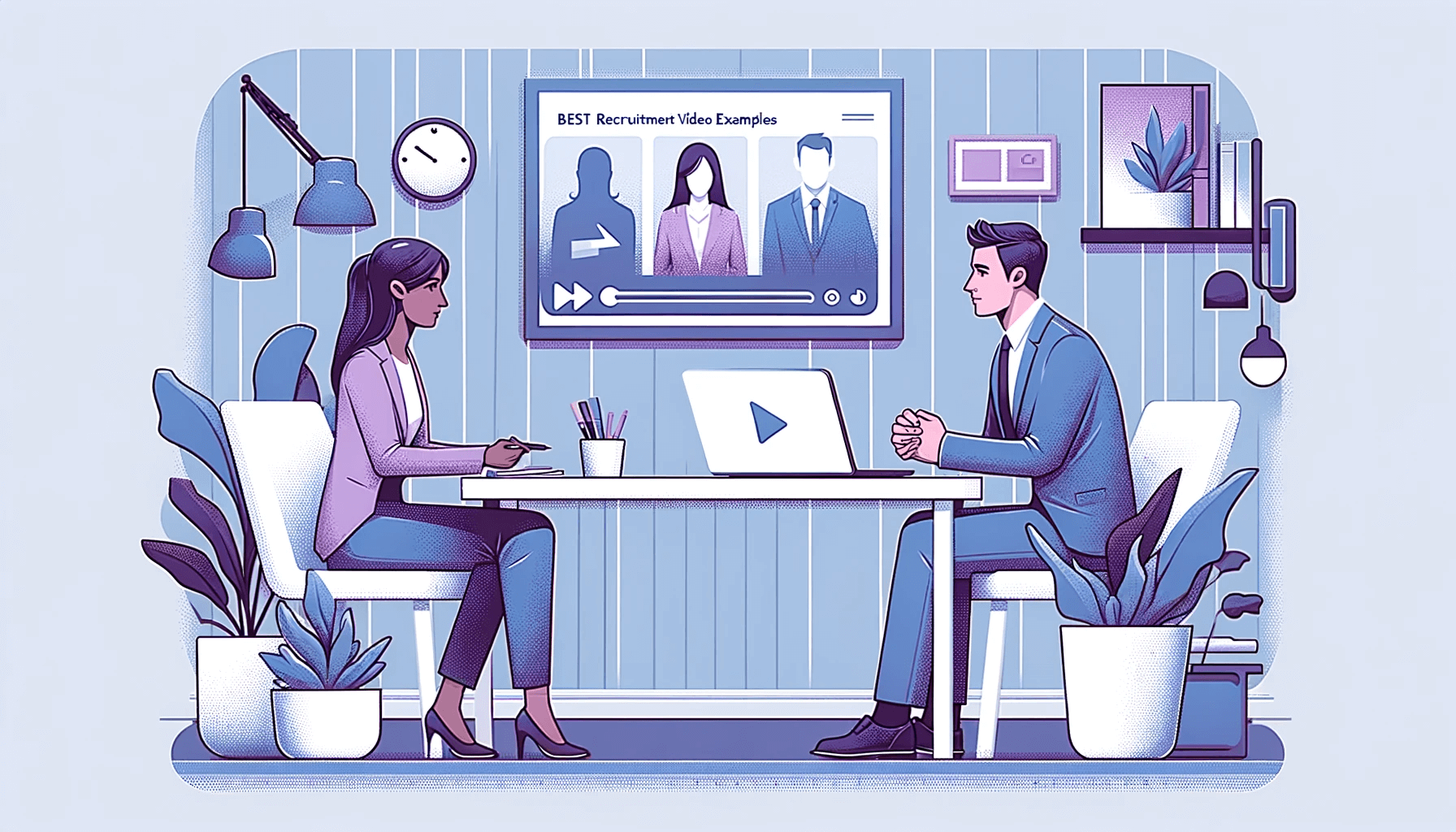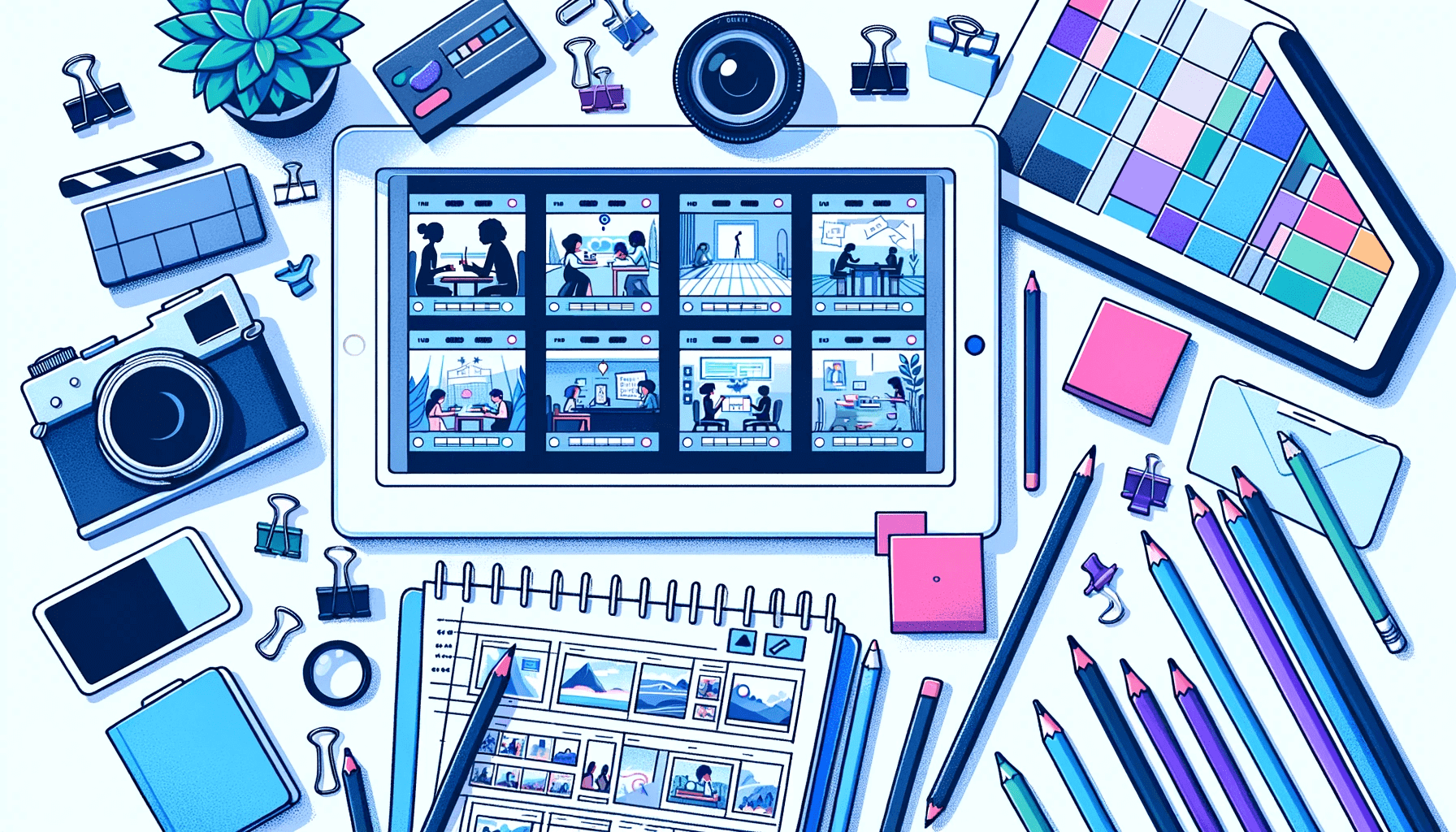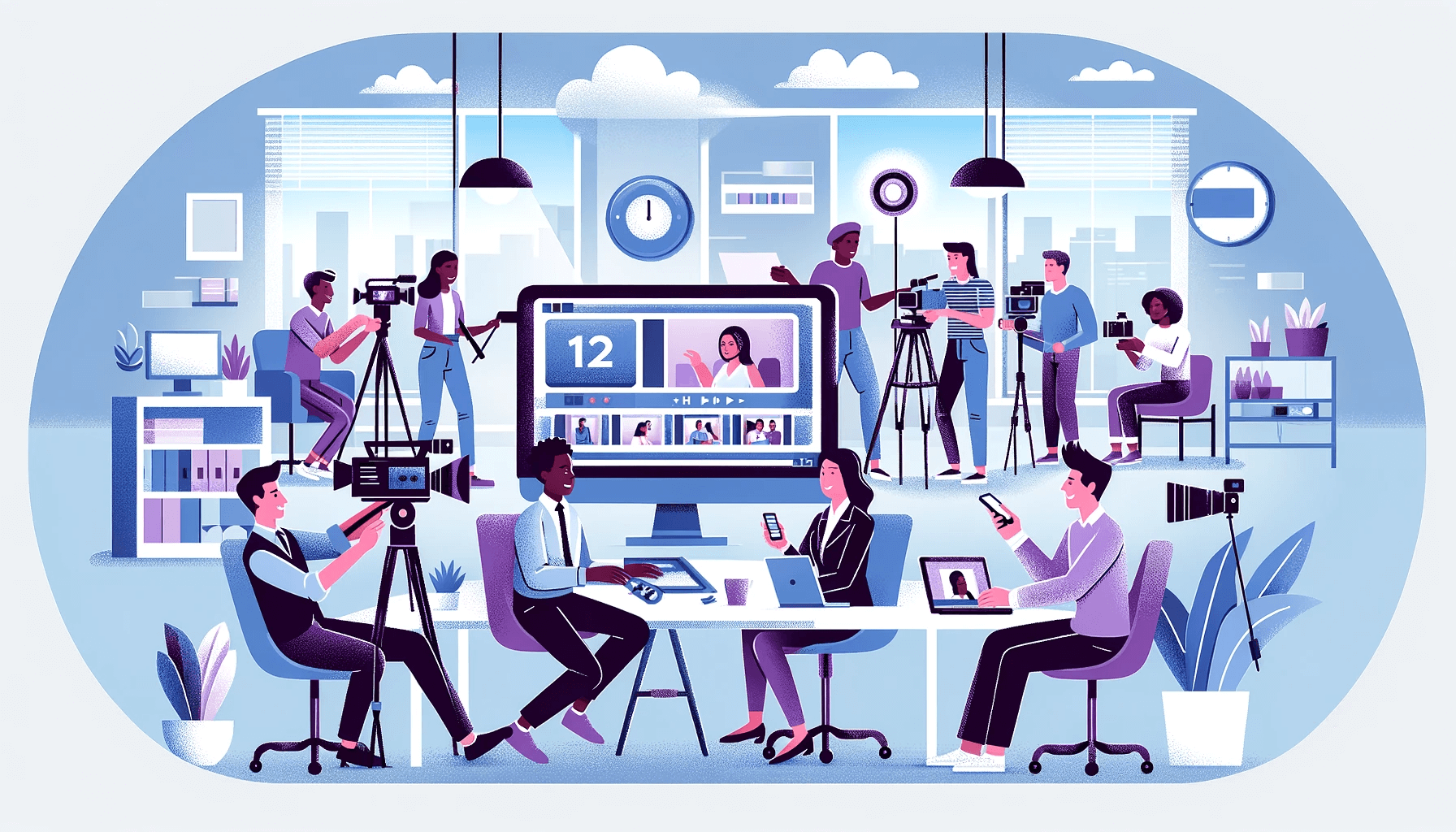
Create AI videos with 230+ avatars in 140+ languages.
Finding a job is hard…
But, as every HR manager knows, finding and keeping employees in 2026 is way, way harder.
Competition for top talent is fiercer than ever.
However, onboarding presents several challenges. Even after you've hired the right person, you could quickly lose them — 40% of employees who don't receive the necessary job training to become effective will leave within the first year.
This article explores the key obstacles faced during the onboarding process and provides practical strategies to overcome them, ensuring a smooth transition for newcomers. Let's dive in!
1. Create a structured new-hire training plan
An effective training plan is essential for facilitating the onboarding of new hires.
By providing clear guidance on tasks and processes, employees can quickly acclimate to their roles and enhance productivity from day one.
A well-structured training program minimizes confusion and empowers new employees to excel in their positions.
2. Set clear and realistic expectations
Build upon the roadmap by communicating your expectations to new employees.
It establishes clear goals for them to strive towards, which enhances their performance, boosts their confidence, and increases their job satisfaction.
3. Get leadership involved
When leaders participate early in the training design process, it encourages a culture of guidance and help from top to bottom.
Share a solid draft of your plan with them early in the process.
I think it’s important for leadership input and support of the entire effort, and research shows that a company's culture is the most important factor for overall employee satisfaction. Second is senior leadership quality, and third is access to career opportunities.
4. Use videos to improve long-term retention
Video often makes learning easier for new hires. Research has demonstrated that learners remember videos more frequently in the long run. Video-based training is 10% more effective than text when learners are tested right after the training and 83% more effective when learners are tested with delay.
5. Incorporate interactive elements
Giving new hires a lengthy onboarding document to read can overwhelm and bore them. Instead, I'll offer different types of training materials at appropriate stages of onboarding.
For example, your training could include PDFs, videos, and interactive quizzes.
I suggest trying to shorten existing content, for example, replace 1-hour lectures with micro-learning (5–7 min modules).
6. Make your training task-oriented
As described in earlier tips, use a detailed roadmap that (in the end) is both time and task based.
I find that when employees have a clear understanding of their tasks, they become more engaged and can effectively apply their learning to real-world situations.
This clarity not only enhances their learning experience but also enables them to work independently at a faster pace.
7. Consider a variety of training formats
I aim to create adaptable training programs that cater to diverse learning styles, needs, and contexts.
This approach engages a wider range of employees in your content, fostering a more enjoyable learning experience.
I've found that this leads to increased completion rates and enhanced productivity, and the data backs it up.
82% of students prefer blended teaching to classic teaching environments, and 59% feel more motivated when presented with blended learning models.
8. Integrate company culture into your training
Company culture training is essential for new employees as it helps them grasp and connect with the core values, mission, and vision of the company.
I think it helps foster a strong sense of identity and belonging within the organization.
9. Evaluate and iterate the program
Evaluating and refining your new hire training program is essential for transforming a good onboarding experience into an exceptional one.
Without systematic measurement and continuous improvement, even the most thoughtfully designed programs can become outdated, misaligned with business objectives, or inefficient.
Evaluation and iteration transform onboarding from a cost center into a strategic growth engine.
Treat it like product development: ship, measure, learn, repeat.
The result? Faster ramp times, happier employees, and a program that scales with your company’s ambitions.
“The best onboarding program is the one you improved last quarter.”
10. Plan for continuous learning
Onboarding extends beyond the first 90 days; it serves as the foundation for a lifelong learning journey.
A well-structured continuous learning plan not only sharpens skills but also enhances engagement and reduces turnover, especially in an environment where 40% of essential job skills evolve every 3 to 5 years.
By integrating learning into the employee lifecycle from Day 1, an organization can transform new hires into committed, lifelong contributors.
About the author
Strategic Advisor
Kevin Alster
Kevin Alster is a Strategic Advisor at Synthesia, where he helps global enterprises apply generative AI to improve learning, communication, and organizational performance. His work focuses on translating emerging technology into practical business solutions that scale.He brings over a decade of experience in education, learning design, and media innovation, having developed enterprise programs for organizations such as General Assembly, The School of The New York Times, and Sotheby’s Institute of Art. Kevin combines creative thinking with structured problem-solving to help companies build the capabilities they need to adapt and grow.

Frequently asked questions
Who should own new-hire training—HR, the hiring manager, mentors, or senior leadership?
The most successful new-hire training programs use a collaborative ownership model where each stakeholder plays a distinct but interconnected role. HR typically owns the overall framework and compliance elements, while hiring managers take responsibility for role-specific training and day-to-day integration. Mentors provide ongoing support and practical guidance, and senior leadership sets the cultural tone and strategic vision.
Research shows that when leaders participate actively in training design and delivery, it creates a culture of guidance from top to bottom, making new employees feel valued and more likely to stay long-term. The key is establishing clear responsibilities for each milestone in your 90-day plan, with HR coordinating the overall experience while empowering managers and mentors to deliver personalized support that helps new hires succeed in their specific roles.
What training formats are most effective for onboarding new employees (e.g., micro-videos, quizzes, shadowing, simulations)?
The most effective onboarding combines multiple formats to accommodate different learning styles and maximize retention. Research shows that blended learning approaches achieve 91% completion rates, with video-based training proving 83% more effective than text alone for long-term retention. Start with micro-learning videos of 5-7 minutes that focus on specific topics, then reinforce learning through interactive quizzes, hands-on shadowing experiences, and risk-free simulations.
A successful format mix might include welcome videos from leadership, role-specific micro-learning modules, interactive branching scenarios for decision-making practice, real-time shadowing with experienced colleagues, and gamified assessments with badges or leaderboards. The key is releasing different types of content at appropriate stages rather than overwhelming new hires with everything at once, allowing them to build knowledge progressively while applying what they learn in practical contexts.
How can I measure and track a new hire's progress during onboarding?
Effective measurement combines real-time tracking with multi-touchpoint feedback collection throughout the onboarding journey. Build a live onboarding dashboard that shows completion rates, assessment scores, and milestone achievements for all stakeholders to monitor progress instantly. Implement systematic feedback collection at key intervals: a Day 1 pulse check, Week 1 survey, and comprehensive reviews at Days 30, 60, and 90.
Beyond completion metrics, track meaningful indicators like time-to-productivity, early performance assessments, and engagement levels through both quantitative scores and qualitative feedback. Schedule quarterly onboarding reviews with HR, managers, mentors, and recent hires to identify improvement opportunities. This data-driven approach transforms onboarding from a cost center into a strategic growth engine, helping you continuously refine the program based on actual outcomes and employee experiences.
How can Synthesia help me create and localize new-hire training videos at scale?
Synthesia enables organizations to create professional onboarding videos without traditional production constraints, using AI avatars and voices in over 140 languages. You can transform existing training materials, PDFs, or scripts into engaging video content in minutes, then easily localize them for global teams by simply changing the language settings. This approach dramatically reduces the time and cost of creating consistent, high-quality training materials across multiple locations and languages.
The platform empowers any team member to become a video creator, as demonstrated by companies like Ocado Group, which produced over 450 training videos with 4 localizations within a year. By using customizable templates, AI avatars that can represent your brand, and interactive elements like quizzes and branching scenarios, you can create personalized learning paths that improve retention while maintaining consistency across your entire organization's onboarding experience.












